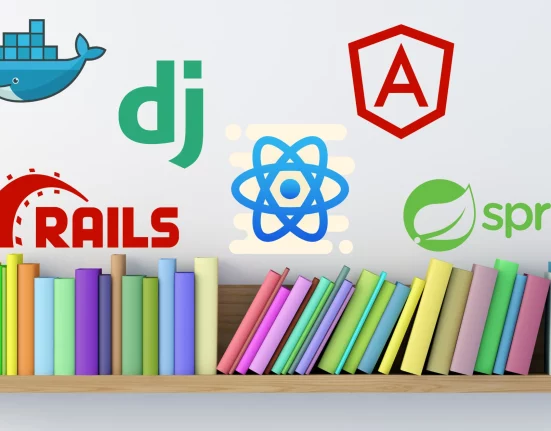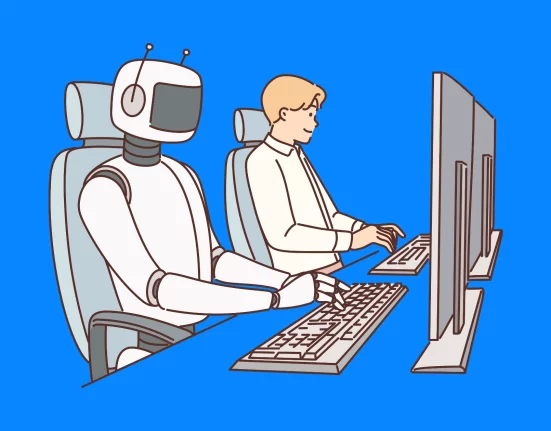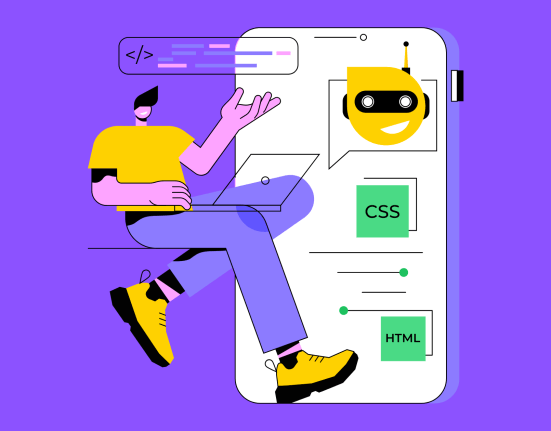In recent years, technology has rapidly changed the way people live, work, and study. The integration of Artificial Intelligence (AI) and Augmented Reality (AR) in education is shaping the future of learning and offering new opportunities for students. With the ability to personalize the learning experience and provide hands-on simulations, these technologies have the power to transform the traditional classroom setting and create a more engaging and effective education system.
This article explores the advantages of Artificial Intelligence and Augmented Reality in education, how they are changing the classroom, and the challenges & opportunities that come with incorporating these technologies into the educational landscape. Whether you’re an educator, student, or simply interested in the future of education, this article will provide valuable insights and information on how AI and AR are shaping the future of learning.
An Overview of Artificial Intelligence and Augmented Reality Technology
Artificial Intelligence (AI) and Augmented Reality (AR) are two rapidly developing technologies that are transforming the way we live and work. AI refers to the development of computer systems that can perform tasks that typically require human intelligence, such as recognizing patterns, making predictions, and problem-solving.
AR, on the other hand, refers to the integration of digital information into the physical world through the use of devices such as smartphones and tablets. AR allows users to experience and interact with virtual objects and simulations in a real-world environment, creating an immersive and interactive experience.
Both AI and AR hold tremendous potential for a wide range of industries, including education, healthcare, retail, and more. By harnessing the power of these technologies, we can improve our daily lives and tackle complex challenges in new and innovative ways.
AI and AR have revolutionized the way in which we learn and have changed the educational landscape. Here are more insights and elaborations on the advantages of AI and AR in eLearning:
The Advantages of AI in eLearning
- Personalized Learning: AI algorithms can create intelligent tutors that can provide personalized feedback and guidance to students based on their performance and needs. This helps students to focus on areas where they need improvement and fosters self-directed learning.
- Improved Student Performance and Motivation: AI-powered tutoring has been proven to significantly improve student performance and motivation. The personalized feedback and guidance help students to overcome their weaknesses and achieve their goals.
- Automated Grading and Assessment: AI can automate repetitive tasks such as grading and assessment, freeing up teachers’ time to focus on more important aspects of the educational experience such as creating lesson plans, conducting research, and engaging with students.
- Data-Driven Insights: AI can analyze student data to identify trends and patterns, helping teachers understand how students are learning and make informed decisions about how to improve their teaching practices. This data can also be used to create predictive models that can help educators identify students who are at risk of falling behind and provide targeted interventions to help them succeed.

The Benefits of AR in eLearning
- Engaging and Interactive Learning: AR provides an engaging and interactive way of learning, allowing students to experience and interact with virtual objects and simulations in a real-world environment. This type of immersive learning has been shown to enhance student engagement and recall, making it an effective tool for teaching complex subjects such as science and history.
- Virtual Field Trips: AR can also be used to create virtual field trips, providing students with access to educational experiences that might otherwise be inaccessible due to distance or cost. This opens up new educational opportunities and expands students’ perspectives.
- Improved Access to Resources: In the era of remote and online learning, AR can help students access resources and experiences that might not be available in a traditional classroom setting. This can help to bridge the gap between students who have limited access to educational resources and those who have access to more.
Read this research paper: A Survey on Future of Augmented Reality with Artificial Intelligence in Education
The Future of eLearning with AR and AI
The future of eLearning is undoubtedly exciting, with the integration of augmented reality (AR) and artificial intelligence (AI) technologies. While eLearning has been around for several years, advancements in technology are allowing for more immersive, engaging and personalized experiences for students. The COVID-19 pandemic has also accelerated the adoption of eLearning worldwide as most schools and universities were forced to shut down.
AR is revolutionizing the way students learn by creating a more immersive and interactive experience. With AR, students can explore complex concepts and ideas in a way that was not previously possible. For instance, students can interact with virtual simulations to understand scientific concepts or historical events.
AI, on the other hand, can help personalize learning by analyzing data on students’ learning styles, strengths, and weaknesses. This data can be used to create personalized learning pathways and recommendations for further study. AI can also help automate grading and feedback, giving teachers more time to focus on teaching.
EdWeek also reports that AI in education will remain the key focus for the investors, taking the second place after AR/VR technologies:

Combining AR and AI can create a powerful learning experience for students. AI can analyze data from AR simulations to determine how students interact with them and make recommendations on how to improve the experience. For instance, if a student is struggling with a particular concept, AI can recommend a more interactive simulation that will help them understand it better.
Real life Examples of “Education with AI and AR”
Here are a few real-life examples of education with AR and AI:
- Duolingo Language Learning App: Duolingo uses AI to provide personalized language learning experiences for its users. The app tracks each user’s progress and adapts to their learning style, offering customized lessons and feedback to help them improve.
- Google Expeditions AR: Google Expeditions AR is an educational app that uses AR technology to create virtual field trips. Students can explore different parts of the world and learn about different subjects, such as history, science, and art, by viewing augmented reality representations of landmarks, animals, and other objects.
- Kahoot!: Kahoot! is a gamified eLearning platform that allows students to participate in quizzes and challenges. The platform uses AI to personalize the learning experience for each student, and provides instant feedback and rewards for correct answers.
These are just a few examples of how AR and AI are being used to enhance education and provide students with more engaging and personalized learning experiences.
The Challenges and Opportunities of AR and AI in eLearning
Challenges
- While AR and AI hold great promise for the future of eLearning, there are also some challenges that need to be addressed. One of the main challenges is ensuring that these technologies are accessible to all students, regardless of socioeconomic background. This will require significant investment in infrastructure and hardware, as well as teacher training and professional development.
- Another challenge is the need for ethical considerations. As AI algorithms become more advanced, there is a risk that they could perpetuate existing biases and inequalities. It’s important for educators and policy makers to consider the ethical implications of AI and AR, and work to create a more equitable and inclusive eLearning environment.
- Another challenge in the adoption of AR and AI in eLearning is the issue of privacy. With the increasing amount of personal data being collected and stored, there is a need for robust security measures to ensure that this data is protected from unauthorized access and misuse. In addition, there are concerns about the use of AI algorithms for student tracking and monitoring, which can raise questions about individual rights and freedoms.

Opportunities
- Despite these challenges, there are also many exciting opportunities in the application of AR and AI in eLearning. One of the main benefits is the ability to create highly personalized and engaging learning experiences that are tailored to the needs and preferences of individual students. This can result in improved learning outcomes, increased student motivation, and a more enjoyable and effective learning experience.
- Another opportunity is the use of AR and AI to enhance collaboration and communication among students and teachers. With these technologies, students can work together in real-time, regardless of location, and can share information and ideas more easily. This can lead to a more collaborative and dynamic learning environment, where students are encouraged to be active participants in their own learning.
Conclusion
In conclusion, AR and AI have the potential to revolutionize the field of eLearning, but there are also many challenges that need to be addressed. It’s important for educators, policy makers, and technology companies to work together to overcome these challenges and fully realize the potential of these exciting technologies. By taking a proactive and strategic approach, the eLearning industry can take advantage of the many benefits of AR and AI, and help ensure a bright and innovative future for education.











Leave feedback about this